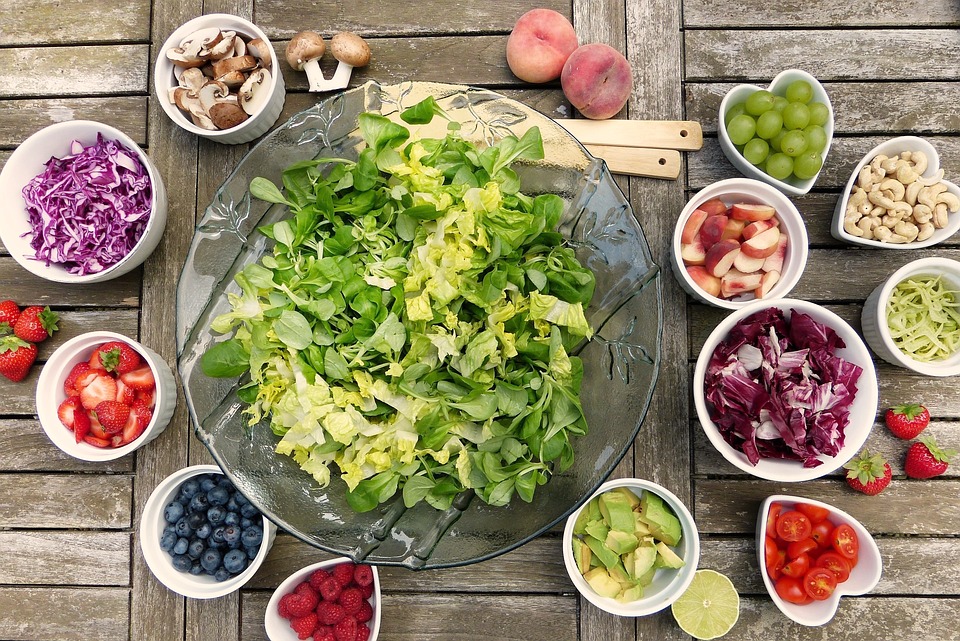A day I have 3 meal times. At morning after
8 or 9 o’clock I have
breakfast. Around 2 o’clock
I have lunch at home because I don’t like canteen food.
Sometimes it’s with family but sometimes I eat
alone. And after 4 o’clock I
have dinner. Usually I have a sandwich and mineral water for breakfast. Usually
I eat meat-soup and the second meal is chicken in breadcrumbs with rice or with
roast potatoes.
For dinner I eat
different things every day. I like ordering meals by phone for dinner. I call
them, give my order and they deliver the food in an hour. Every day my mom
cooks the meals. Sometimes I help
her. I
can cook, too but usually I make fast food like fried eggs or boiled sausages.
At weekend I usually eat lunch with my family. On Sundays we often go to eat
out. When we celebrate birthdays sometimes we eat out with the whole family in
an elegant restaurant. I think the most important factors when we eat out are
the taste of food and that the place is clean. We always eat 2 or 3 courses but
at Christmas and New Year Eve we always cook special dishes. Our favourite is
fish soup and stuffed cabbage and chocolate cake. But we have special habits
because of my father. He is diabetic. So if my mother makes cookies or cake she
can’t put much sugar into them. We lay the table for formal occasions only.
First I put a very nice tablecloth on the table. Then I put the plates,
glasses, napkins and cutlery onto it. I decorate the table with flowers and
candles.
Eating habits in the family
On weekdays
normally I eat four times a day. These meals are breakfast, elevenses, lunch
and dinner. At weekends I have a substantial breakfast when I get up, lunch at one o’clock, and dinner at seven. For
breakfast I usually have a slice of bread and a cup of tea that my father
prepare. At weekends I usually have a bigger breakfast, not only a piece of
toast but also fried or scrambled eggs and some yoghurt and sometimes some fruit,
a banana or an orange. Unfortunatelly my whole family has only dinner together
for we are very busy on weekdays. This is when we discuss the day’s happenings
and make plans. But at weekends we always spend more time together.
Occasionally we go to restaurant to celebrate a birthday, a nameday or a
wedding aniversary and we have a special meal. In my family the main meal is
the lunch when we eat more courses. But the most important is the breakfast,
because we have to gather enough energy for the day. Usually my mother does the
cooking in our family. She is a real ,,gastronome”. I quite often help her
though. I like it but I can only prepare some of the basic dishes as scrambled
eggs, and pancakes. I don’t think it’s difficult to learn it if you are interested
in. There are a lot of cookery books with detailed instructions and TV
programmes where it is shown how to cook. But I must admit the cooking isn’t my
cup of tea. In my family nobody has got special eating habits. Nowadays there
are more and more vegetarians, who live on diary products, eggs, vegetables and
fruit. Vegans don’t eat any animal products at all. This selection isn’t
characteristic oy my family. We are so called ,,omnivorous”. We aren’t on a
special diet, we have never taken care of our weights. It isn’t necessary. As
for me I haven’t got a sweet tooth but I love the junk food as hamburger and
chips. It is full of with preservatives and additives, which are very harmful
for the health.
A typical
Hungarian Sunday lunch consist of three courses: first comes soup ( vegertable,
meat, or fruit soup). The second course is either some meat (pork, beef, veal,
chicken, duck, turkey or fish) with potatoes, rice or some vegetable dish made
from peas, beans, cabbage or lentils. The second course may also be some
noodles with cottage cheese or pancakes. The third course is usually some cake
or fruit. In any case before the meals we have to lay the table. First we put a
nicely ironed tablecloth on the table. We put the plates, glasses and cutlery
onto it. The knife and the spoon go on the right-hand side and the fork goes on
the left. We place the napkins in rings next to the plates, and some cruets in
several places on the table. We might decorate the table with flowers and
candles. The most popular Hungarian dishes are fish soup, chicken soup, goulas,
stuffed cabbage, crepes with minced meat and cheese in breadcrumbs, and all
kinds os stews. If I have an English guest I will present her these meals. A
foreigner might find Hungarian cuisine a little strange because there’s red
paprika in almost every dish, which makes it hot. Not only is Hungarian food
spicy, it is also quite fatty. On the other hand it’s worth tasting.



























